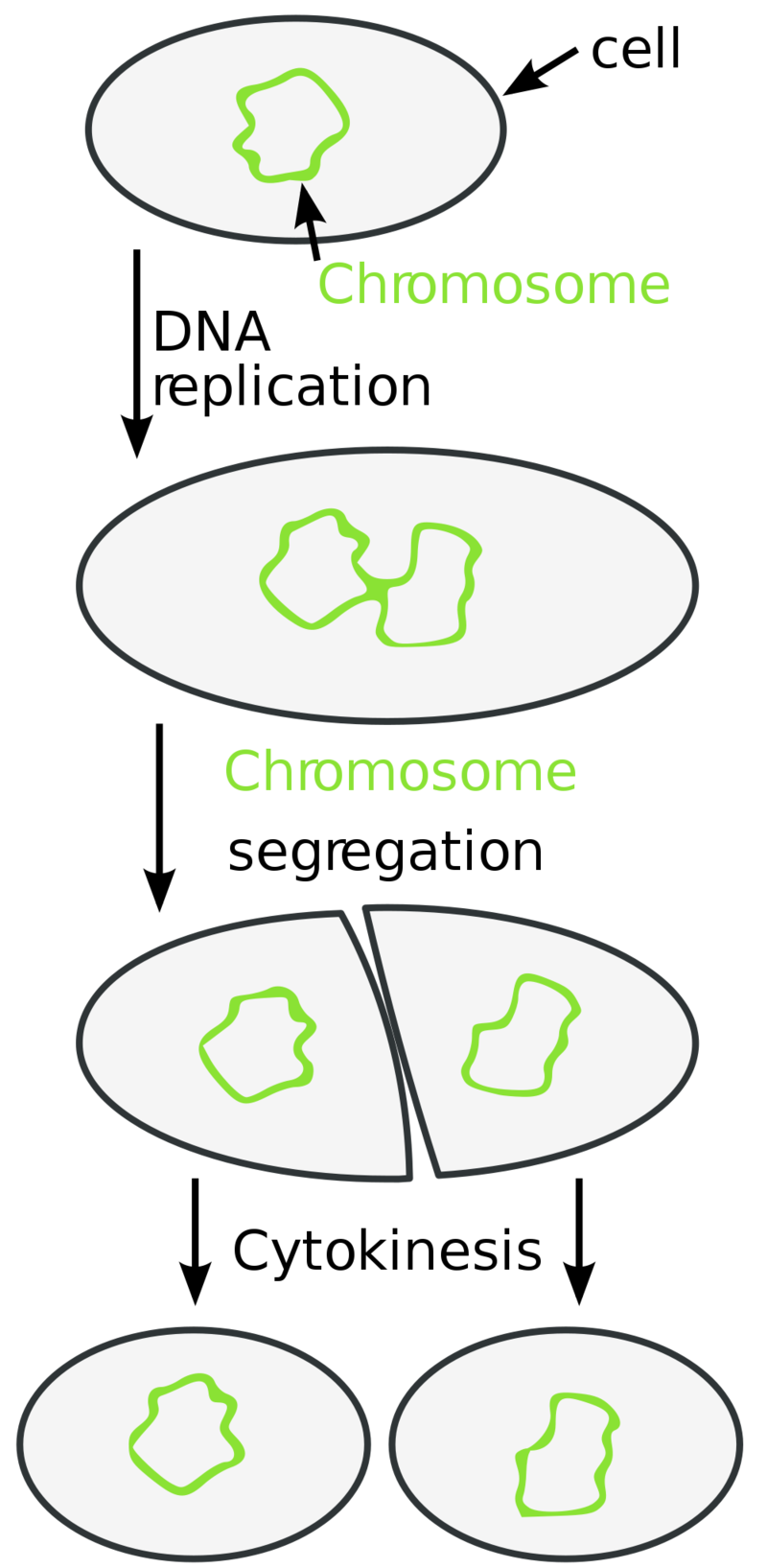8th Grade > Biology
REPRODUCTION IN ANIMALS MCQs
:
B
In case of external fertilisation, the number of eggs produced is more than the number of eggs produced in internal fertilisation. External fertilisation usually occurs in aquatic animals. These animals lay hundreds of eggs and release millions of sperms. However, many of the eggs do not get fertilised (fuse with sperm) to develop into new individuals. This is because the eggs and sperm get exposed to water currents and wind. Also, there are other animals (predators) which may feed on these eggs. Thus, production of a large number of eggs and sperm is necessary to ensure fertilisation of at least a few of them.
:
D
Animals like cows, cats and dogs give birth to young individuals, hence they are called viviparous animals whereas frogs, hens and silkworms lay eggs, and hence they are called oviparous.
:
B
Fusion of the male and the female gamete, i.e., the sperm and the ovum, is called fertilisation. This results in the formation of a single-celled zygote. After fertilisation, the zygote divides repeatedly to give rise to a ball of cells. This ball of cells eventually develops into the various types of cells and tissues in an organism.
:
D
In the case of asexual reproduction, mitosis takes place. Mitosis produces daughter cells which are identical to the parent cell. If a diploid cell undergoes mitosis, it produces 2 diploid cells.
In the case of sexual reproduction, reproductive cells undergo reduction division (meiosis) and produce 4 haploid cells from 1 diploid cell. These haploid cells are called sex cells or gametes.
:
C
The female gamete produced by the ovary is called ovum. Ovum is haploid in nature and it fuses with sperm to form a zygote.
:
B
Fertilisation is the fusion of male and female gametes. In human beings, it takes place in the fallopian tube of the female reproductive system.
:
B
In asexual reproduction, fertilisation (fusion of male and female gametes) does not take place. Asexual reproduction is a mode of reproduction by which offspring arise from a single parent and inherits the genes of its parent.
:
D
In sexual reproduction, one male gamete and one female gamete fuse to form the zygote and this process is called fertilisation. The zygote undergoes several cell divisions to form a new individual. The new individuals (offsprings) formed are genetically and morphologically different from the parents.. Hence, sexual reproduction accounts for variation.
:
B and C
Fertilisation that takes place inside the female body is called internal fertilisation. Humans and cows exhibit internal fertilisation.
In fishes and frogs, fertilisation takes place outside the female body. Both males and females release their gametes into the surrounding (mainly water). Fertilisation takes place in the surrounding medium and the zygote formed develops into an individual outside the body of the parents. This type of fertilisation is known as external fertilisation.

















